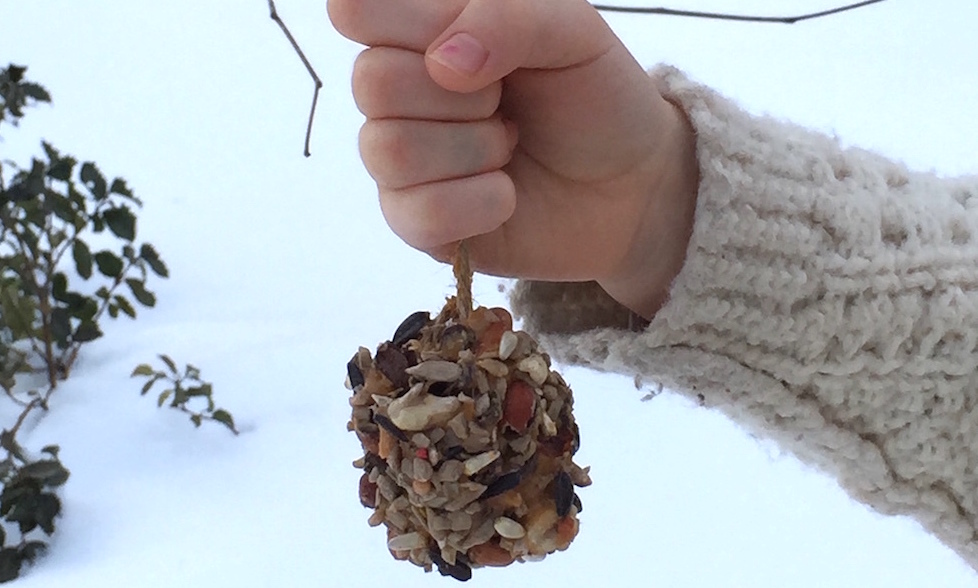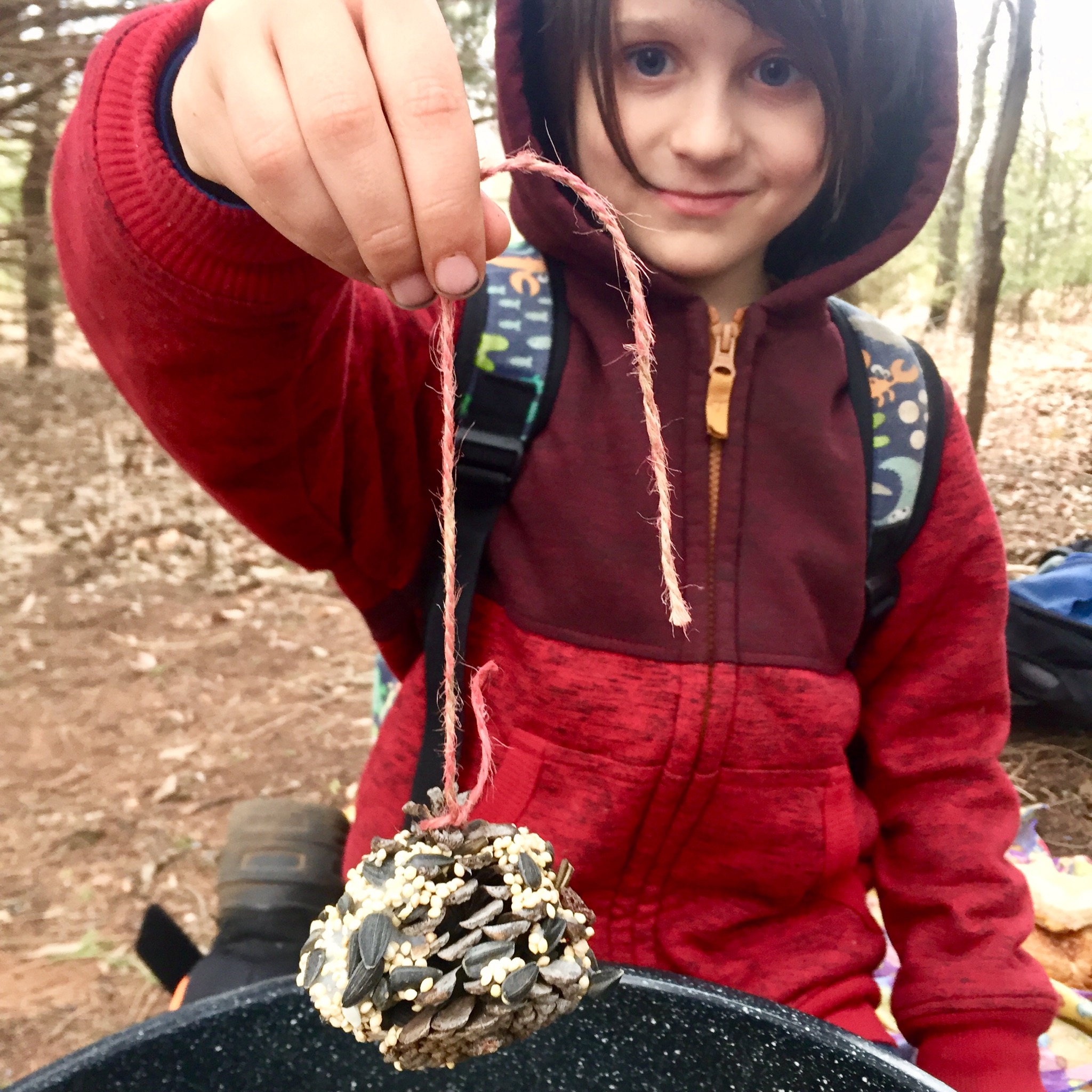“The love of birds can be a huge gateway to appreciating all forms of nature.” —Washington Wachira.
This week's theme—Feathered Friends
There is no shortage of persistence and grit to be found in nature, and one of the most amazing (and remarkably easy to find!) examples are birds in winter. Throughout the winter months, the basic necessities for survival--such as finding shelter and sourcing food and water--are made much more challenging for these creatures. There are three different ways they work to survive the cold: they migrate someplace warmer, they call it a day and hibernate, or they adapt to their winter surroundings.
Robins, blue birds, hummingbirds are examples of birds that migrate. This in and of itself is a ridiculous feat of persistence given the distances that many travel (100-200 miles a day for a robin!) with the strength of their own wings.
For those in the adaptor group, like chickadees and cardinals, they stay home no matter the season. The adaptors have certain characteristics that make this possible. Some have a special coat of extra feathers or fat that acts as insulation. Many have clever ways to make sure that they have access to food when it becomes scarce. The birds that hang out at bird feeders during the fall, are collecting food to then stash in a hiding place behind a tree’s bark, within the siding of a house, or even in a pouch in their throat.
Amazing animal fact alert: Chickadees can remember where they’ve left seeds because they can grow and shrink their brains! In the fall, they need really good memory ability so they can remember the secret places they cached food, so the hippocampus regions of their brain add more neurons, increasing the volume by about 30%. As winter turns to spring and food is easier to find, the chickadee’s brains shrink down again. (I know! Don’t you wish your brain was growing just by reading this?!)
This week, we want to help you help our hard-working #outdoorsall4 season bird friends. To follow are two different bird feeders you can make from elements found in nature to feed these magical creatures and get them through to spring! Plus, you’ll find 8 other ways to fall in love with birds in winter.
This week's #OutdoorsAll4 Activities
In ‘Pine Cone Palaces’, children have the opportunity to problem solve feeder building using different materials.
In ‘Orange You Glad I Made This Feeder?’, families can repurpose an orange to use as a bird feeder, enjoying the brilliant splash of color it adds to the winter landscape around it.
Get inspired by this TED Talk with bird-loving ecologist Washington Wachira. Check out our post, 8 Easy Ways to Help Your Kids Fall in Love with Birds for even more ways to play outdoors and connect with feathered friends. Or, use the Cornell Lab's quiz to find out What Bird are You Most Like?
This week's Featured Leader
LoriAnn Gregory | tinkergarten.com/leaders/loriann.gregory | @wildernedge
Thank you to LoriAnn and family for making such lovely feeders (and capturing them with gorgeous photos!). LoriAnn loves being close to the natural world, more in tune with its sounds, the seasons, and the wildlife and plants with whom we share it. She loves staring at the stars (instead of her phone!) at night after the kids fall asleep in the tent. She loves depending on a fire she started with nothing but dry tinder and a flint & steel to keep her warm and fed. Play sessions in the park were always the most successful and fun for her own kids, and she often thought of that saying, "they can't bounce off the walls where there are none."



